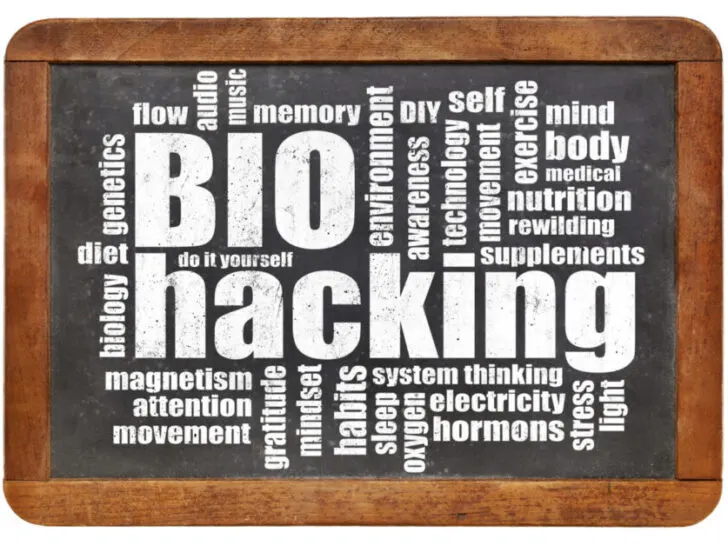Some of the links in this post are affiliate links. This means if you click on the link and purchase the item, we will receive an affiliate commission from the vendor at no extra cost to you. These business relationships allow us to keep bringing you great EatMoveHack content. All opinions remain our own.
When people think of diets these days, it’s usually in an effort to burn fat or build muscle. This is all fine, but most diets tend to concentrate on a single result. If you’re more concerned with overall health, you’ll need to look beyond keto and other popular diets. What you need to learn about is biohacking.
This may sound like some futuristic term, but it’s something every modern eater should think about. In essence, diet biohacking is about understanding your own biology and then making food choices that support better health. To be most effective, you need to learn about how different nutrients affect different parts of the body and body processes. For example, did you know that resistant starches can help with weight loss? Or that vitamin D is essential for bone health?
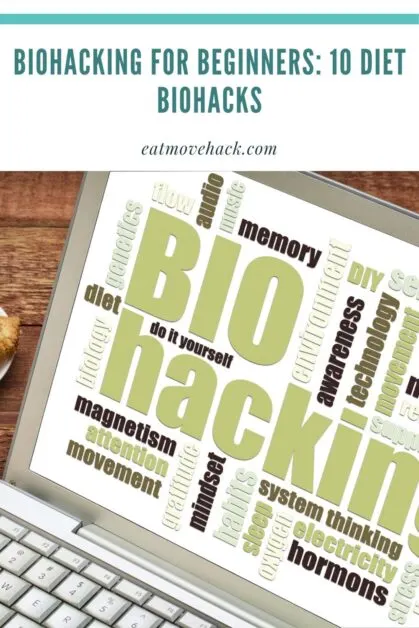
Some of this might sound confusing or complicated, but it’s really not. At its core, biohacking is all about a return to natural, whole foods. If you’re ready to experience a more restful sleep, more energy throughout the day, lower stress levels, and better overall health, let’s get started.
The Best Diet Biohacking Tips
Biohacking has massive benefits, and it’s really not that hard to get started. As you consider the biohacking tips below, you’ll notice a running theme. In short, our modern diet is basically garbage, and the secret to better health is returning to natural foods. Keep reading for practical advice on how to make better food choices so you can improve your well-being.
1. Practice Intermittent Fasting
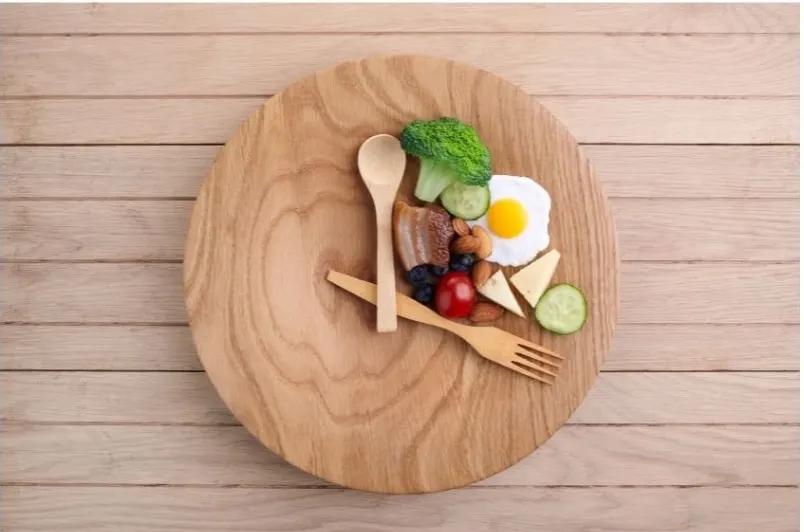
If you’re nervous about hearing the word “fasting”, don’t worry. The fasting we’re talking about for this biohacking tip — intermittent fasting, or IF— isn’t as intense as the days-long fasting that you’re thinking of.
With intermittent fasting, you can eat every day; you just want to be more cognizant of when you do so that you can give your digestive system a bit of a break.
The idea behind IF is that when you’re constantly eating, your body is always focused on digestion. This means it doesn’t have time to take care of other important activities, like removing toxins and utilizing fat for energy.
If you’re new to intermittent fasting, you can start with a simple schedule comprised of an 8-hour eating window and 16-hour fasting period. Following this schedule, you only eat during your eating window. The other part of the day, which could include your sleeping time, allows your body to complete digestion and then focus on other tasks. As you become more comfortable with IF, you might reduce your eating window to as little as 1 or 2 hours.
2. Try an Elimination Diet
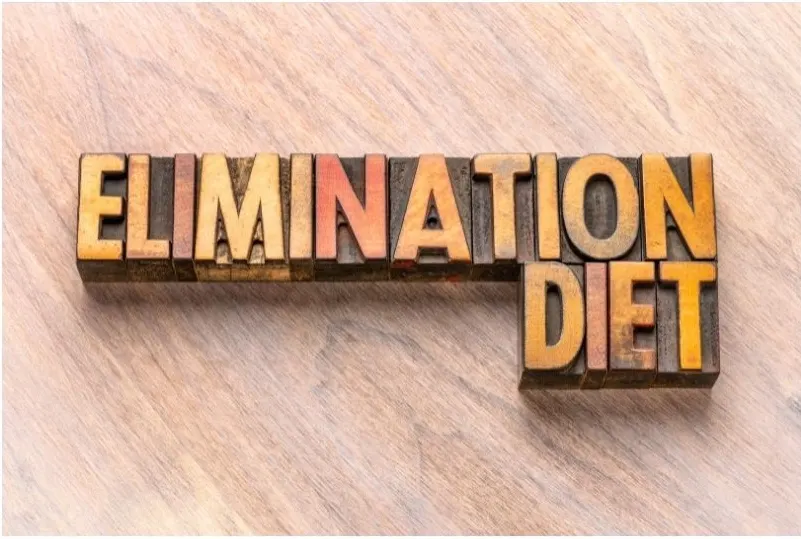
The food we’re eating today is nothing like the food that was available 50 or 100 years ago. While there have certainly been advancements in cultivation that have been positive, there have also been some scary ones that have resulted in food that’s void of vitamins, minerals, and overall nutrition — all in an effort to make things taste better rather than be better.
For this reason, many people are suffering from inflammatory responses when they eat certain foods, even if they’re generally considered healthy. If you often suffer from fatigue, brain fogginess, constipation, bloating, and general malaise, it might be that you’re eating food that isn’t agreeing with your body.
The best way to identify those foods that don’t play nice is to try an elimination diet. Unlike other types of diets, this biohacking idea isn’t meant for weight loss or long-term use. Instead, you’ll use it to start with a very limited selection of safe foods.
Once your inflammatory symptoms regress, you can reintroduce foods one at a time to see if they produce a negative response. Generally, you’ll restart one new food every three days; if you have no problems, it’s safe. If you start to feel bad, you should add that food to your banned list.
3. Ditch Processed Foods and Sugar

One of the biggest issues with our modern diet is that it’s so full of processed foods. When you head to the grocery store, you’ll see aisle after aisle of bagged, boxed, canned, and frozen food — all of which has been highly processed, stripping it of its nutritional value, and then loaded with sugar to improve its taste.
On its own, sugar is a big problem these days. That’s because the average person is exposed to it in nearly everything they eat. What’s worse, food manufacturers try to hide that fact by giving it different names.
The next time you’re in your kitchen, check food labels for ingredients like agave, barley malt, cane juice, caramel, corn syrup, dextrose, ethyl maltol, fructose, golden syrup, maltodextrin, or sucrose. These are just some of the 50+ names manufacturers assign to sugar, and it’s in nearly everything. The human body was not designed for this.
While it may difficult depending on your current diet, try to ditch as many processed foods as you can. We’re currently programmed to reach for food that tastes good; this biohacking tip helps to train your body and your brain to focus on eating foods that are good for you instead.
4. Eat Whole Fruits and Vegetables
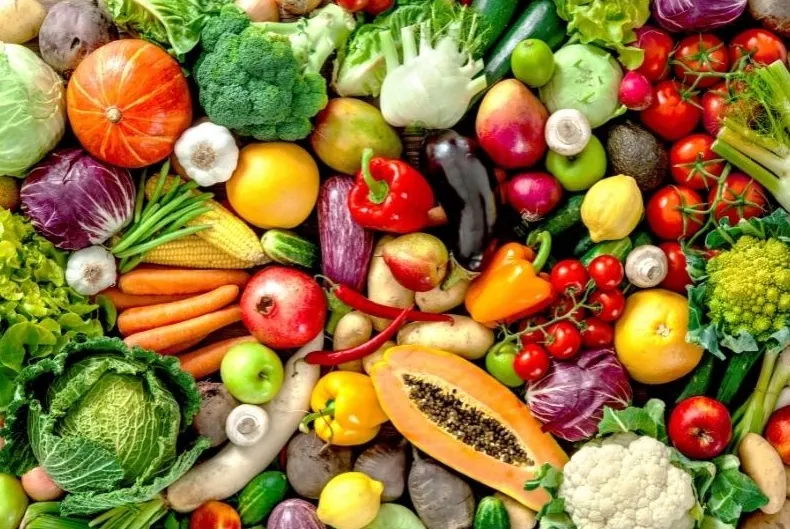
A great place to start your journey to optimal health is the produce section of your local grocery store or a nearby farmer’s market. While it’s hard to argue that any whole fruit or vegetable is bad for you, there are definitely some that are better than others.
When it comes to fruit, our biohacking tip is to concentrate on low-sugar varieties. They taste just as good and will satisfy your sweet tooth, but they aren’t loaded with as many calories and sugar, things that can be problematic for those looking to lose weight or manage their blood sugar levels.
Good examples of low-sugar fruits to reach for include avocado, berries, cantaloupe, citrus, green bananas, kiwis, and peaches.
Examples of fruits you may want to stay away from, or at least limit your consumption of, include cherries, figs, grapes, mangoes, pears, yellow bananas, and watermelon.
When shopping for vegetables, opt for the brightest, most colorful options you can — and opt for plenty of them. Research shows that consuming a variety of veggies is the best way to go when aiming for diversity in your nutrition.
An added benefit of a diet full of colorful veggies is that you’ll get plenty of anthocyanins. These flavonoids are responsible for all the vibrant colors, but they’re also powerful antioxidants that work to keep your cells healthy.
Tasty, colorful veggies you should incorporate into your diet include asparagus, beets, Japanese sweet potatoes, kale, peppers, radishes, red cabbage, and spinach.
5. Look for Higher-Quality Protein

Protein is essential for building and repairing cells. And even without biohacking, many people can get the proper amount of protein each day just by eating a balanced diet.
However, as we’ve discussed previously, commercially processed food isn’t what it used to be. While the beef, chicken, and pork you pick up at your local grocery store are real sources of protein, they’re not the best you can do for your body.
You know that saying, “you are what you eat”? It rings true here. If you eat meat that’s been fed a substandard diet, you’re feeding yourself the same.
The trick to finding better protein is to look for meat from animals that have had little contact with humans. We’re talking about things like wild-caught fish, free-range chickens, and pasture-fed beef. You should look for byproducts, like cheese, eggs, and milk, from the same kinds of animals.
Also, be sure that you don’t discount vegan protein choices, like legumes, nuts, and seeds. Healthy choices include almonds, beans, lentils, and sunflower seeds.
6. Reach for Better Carbs
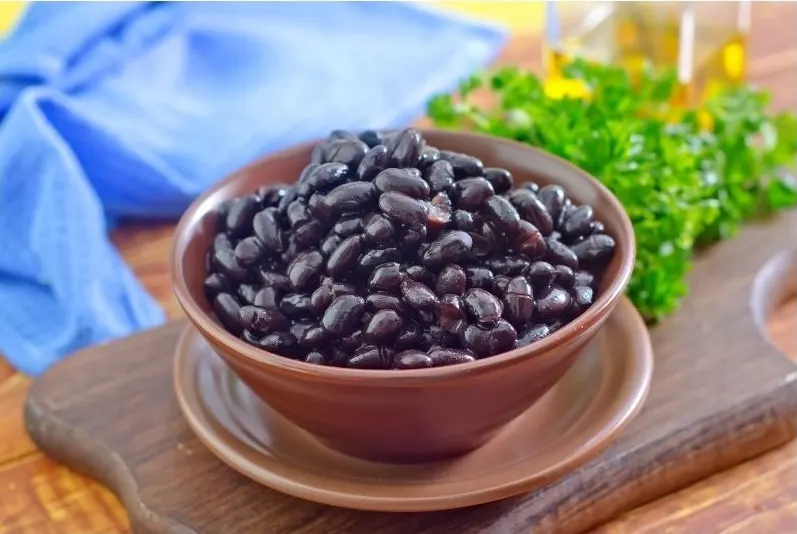
Carbohydrates have received quite a bad rap in recent years. The rise of low-carb diets, like Atkins and the ketogenic diet, have taught us that all carbs are bad — but that’s not exactly true.
It is true that some carbs aren’t as nutritionally beneficial as others. For example, simple or refined carbs are not great because they lack nutrients or have had them removed during the refining process.
Eating these types of carbs has also been linked to diabetes, obesity, and other cardiovascular issues because they spike blood sugar levels and turn into fat if your body doesn’t utilize them right away.
A better type of carbohydrate is the resistant starch. This kind of carb is different because it doesn’t break down in your digestive system. Instead, it passes through, acting more like a fiber.
And because resistant starches don’t break down, they help you feel fuller longer (a huge plus if you’re focusing on weight loss), help food move through the digestive system, and promote the growth of good gut bacteria.
Examples of resistant starches are barley, black beans, green bananas, kidney beans, lentils, and yams. Other carbs that may behave similarly to resistant starches if they’re cooked, cooled, and reheated are potatoes, sweet potatoes, and rice.
7. Don’t Fear Fat
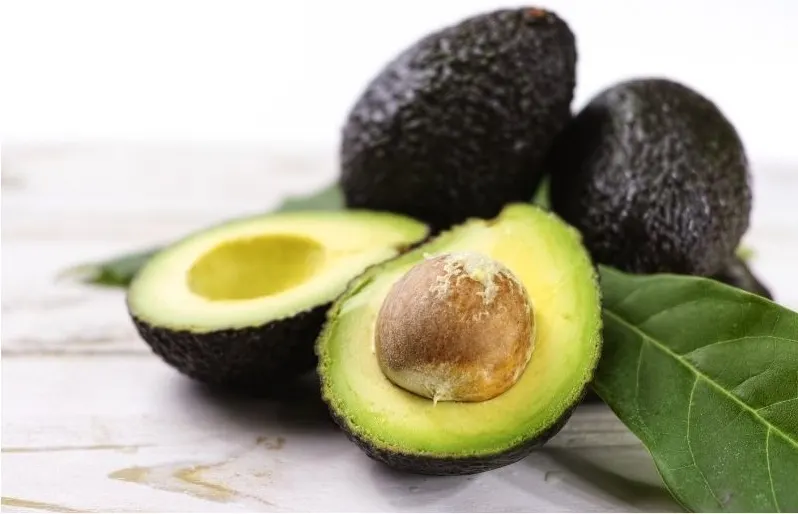
The rep that carbs have developed lately is nothing compared to that of fat. Its bad reputation stems from the fact that people mistakenly think that if you eat fat, you’ll gain fat. This superficial statement is simply not true.
However, it’s important to understand that there are different types of fats. For simplicity’s sake, they can be divided into “bad” fats and “good” fats. Considering that weight gain results from the basic fact of eating more calories than you burn, you can actually gain weight whether you’re eating bad fats, good fats, or a combination of the two.
But here’s the thing: Healthy dietary fats are essential for good health. They contribute to cell production and energy metabolism throughout your body. Human biology relies on fats and actually requires them for muscle gain, proper blood circulation, and maintaining healthy body composition. (And spoiler: Incorporating good fats into your diet can actually help with losing weight!)
Some good sources of good fats include avocados, cheese, fish, ghee, nuts, and olive oil.
8. Increase Your Fiber Intake
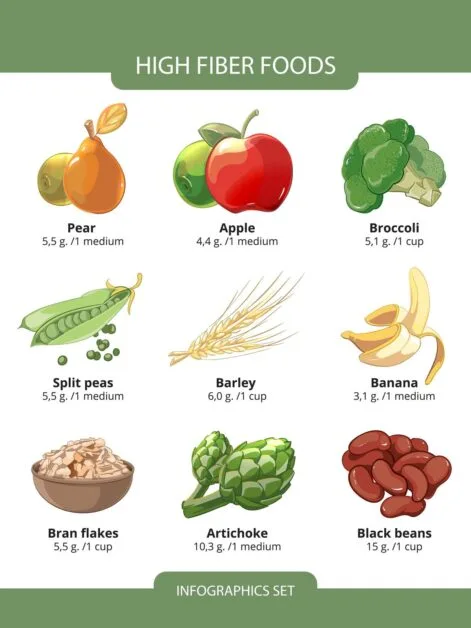
Another unfortunate result of consuming so many processed foods is that our bodies are lacking in the diversity of good bacteria. That’s because processed and refined foods contain little fiber, the food that gut bacteria thrive on.
For proper biohacking of your fiber intake, you need to make sure you’re getting at least 25 grams per day. Take a look at the nutrition labels of most white bread, canned ravioli, and frozen dinners, and you’ll see that reaching this requirement is almost impossible on a modern diet.
You’ll probably notice a running theme here, but if you want to consume more fiber, you have to turn to unprocessed whole foods. Almonds, apples, avocados, broccoli, beans, chia seeds, oats, and air-popped popcorn are all good examples of fiber-rich foods that will feed gut bacteria and aid in digestion.
9. Turn to Superfoods
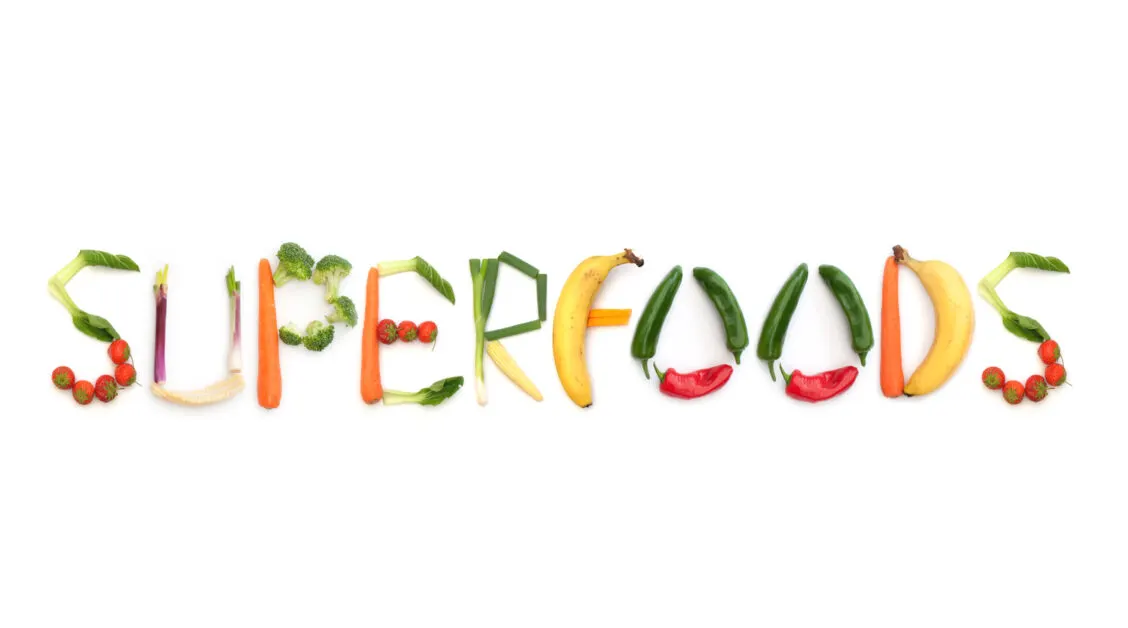
Have you noticed that some foods have popped up throughout this guide over and over again? Avocados, beans, berries, and green bananas — they’re tasty, they’re healthy, and they’re building blocks of many of our biohacking techniques. Some might even call them superfoods.
There are lots of foods that could qualify as superfoods, and many have their own unique and specific benefits. Medicinal mushrooms, for example, are known for their positive effects on the human brain, while lemons are known for balancing electrolytes. Other superfoods are truly the total package, like kale or spinach, both of which are good sources of calcium and fiber — and are linked with lower incidences of heart disease.
10. Choose Natural Cognitive Enhancers

It can be tempting to reach for supplements when working to improve your cognitive function — it’s so easy to just pop a pill! — but part of changing your eating patterns involves choosing foods that help in all aspects of your life.
Biohacking brain health is not something that should be overlooked. When your brain isn’t in tip-top condition, you can suffer greatly. Confusion, depression, memory problems, and poor coordination are just a few symptoms of decreased cognitive function.
Thankfully, it’s easy to improve cognitive performance through diet. Avocados, blackberries, blueberries, black coffee, dark chocolate, eggs, kale, spinach, whole grains, nut, and seeds are well-known cognitive boosters that are easy to work into any diet.
Wrapping Up
You may have to live in a modern world, but that doesn’t mean you have to stick to a modern diet. It’s actually modern science and our understanding of human physiology that’s telling us that the foods we’ve been eating are not right for human health, and it’s time to listen. Biohacking is a relatively easy way to flip the script on food cravings, excessive body weight, cardiovascular diseases, and other issues that plague the modern eater.
We hope that this guide to biohacking is helpful. When you apply even some of these biohacking techniques, you’re sure to notice a big difference in your mood and overall health. And don’t worry if you can’t incorporate them all at the same time. Eating better is a journey with no end, so you have plenty of time to learn about exactly what your body needs to stay healthy.

